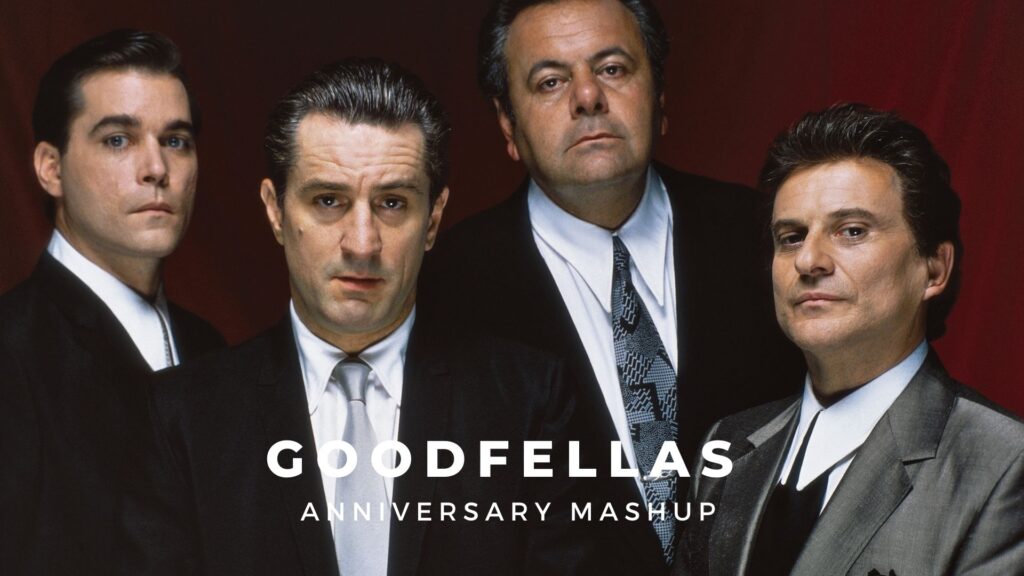
Goodfellas, directed by Martin Scorsese, is an iconic crime film that has left an indelible mark on cinema since its release in 1990. Adapted from Nicholas Pileggi’s book Wiseguy, the film tells the true story of Henry Hill (Ray Liotta), a young man who rises through the ranks of the mob in New York City, capturing the allure and brutality of a life steeped in crime.
The film opens with a gripping sequence set in the 1950s, as we are introduced to Henry and his childhood fascination with the gangster lifestyle. Scorsese masterfully employs a voiceover narration by Henry, allowing audiences to gain intimate insight into his thoughts and experiences. This narrative style, combined with the film’s dynamic editing and captivating cinematography, sets the stage for a gritty exploration of loyalty, ambition, and the harsh realities of organized crime.
As Henry becomes involved with the Lucchese crime family, we meet a colorful cast of characters, including the volatile Jimmy Conway (Robert De Niro) and the hot-headed Tommy DeVito (Joe Pesci). Their relationships are at the heart of the film, showcasing the camaraderie and tension that exists within the criminal underworld. Pesci’s portrayal of Tommy, in particular, is chilling and memorable, earning him an Academy Award for Best Supporting Actor. His infamous “funny how?” scene is a prime example of the film’s ability to blend humor with menace, highlighting the unpredictable nature of mob life.
Goodfellas excels in its depiction of the highs and lows of a gangster’s life. The film captures the glamorous aspects of the criminal lifestyle, from lavish parties to the thrill of heists, while simultaneously revealing the inevitable consequences that accompany such a life. As Henry rises to power, the film’s tone shifts, illustrating the paranoia and violence that ultimately consume him and his associates.
The film’s pacing is relentless, with Scorsese expertly weaving together various moments in Henry’s life, from his early days in the mob to the eventual downfall that follows his betrayal. The use of music is particularly noteworthy, with a carefully curated soundtrack that enhances the emotional impact of key scenes, further immersing viewers in the world of 1970s and 1980s New York.
One of the film’s most powerful themes is the illusion of the American Dream. Henry’s initial ascent to wealth and power is intoxicating, yet the film starkly portrays the moral decay and violence that accompany it. The narrative forces viewers to confront the harsh reality that, in the world of organized crime, the price of loyalty is often betrayal, and success can lead to devastating consequences.
In its climax, Goodfellas takes a darker turn as Henry’s life unravels. As law enforcement closes in and tensions rise within the mob, the film’s tone shifts from glamor to desperation. The film’s conclusion is both haunting and thought-provoking, leaving audiences to grapple with the consequences of a life lived outside the law.
In conclusion, Goodfellas (1990) is a cinematic triumph that blends masterful storytelling with powerful performances. Scorsese’s direction, coupled with Liotta’s, De Niro’s, and Pesci’s unforgettable portrayals, creates an immersive experience that resonates with audiences long after the credits roll. As a poignant exploration of ambition, loyalty, and the dark side of the American Dream, Goodfellas remains a defining film in the crime genre and a testament to the power of storytelling in cinema.




